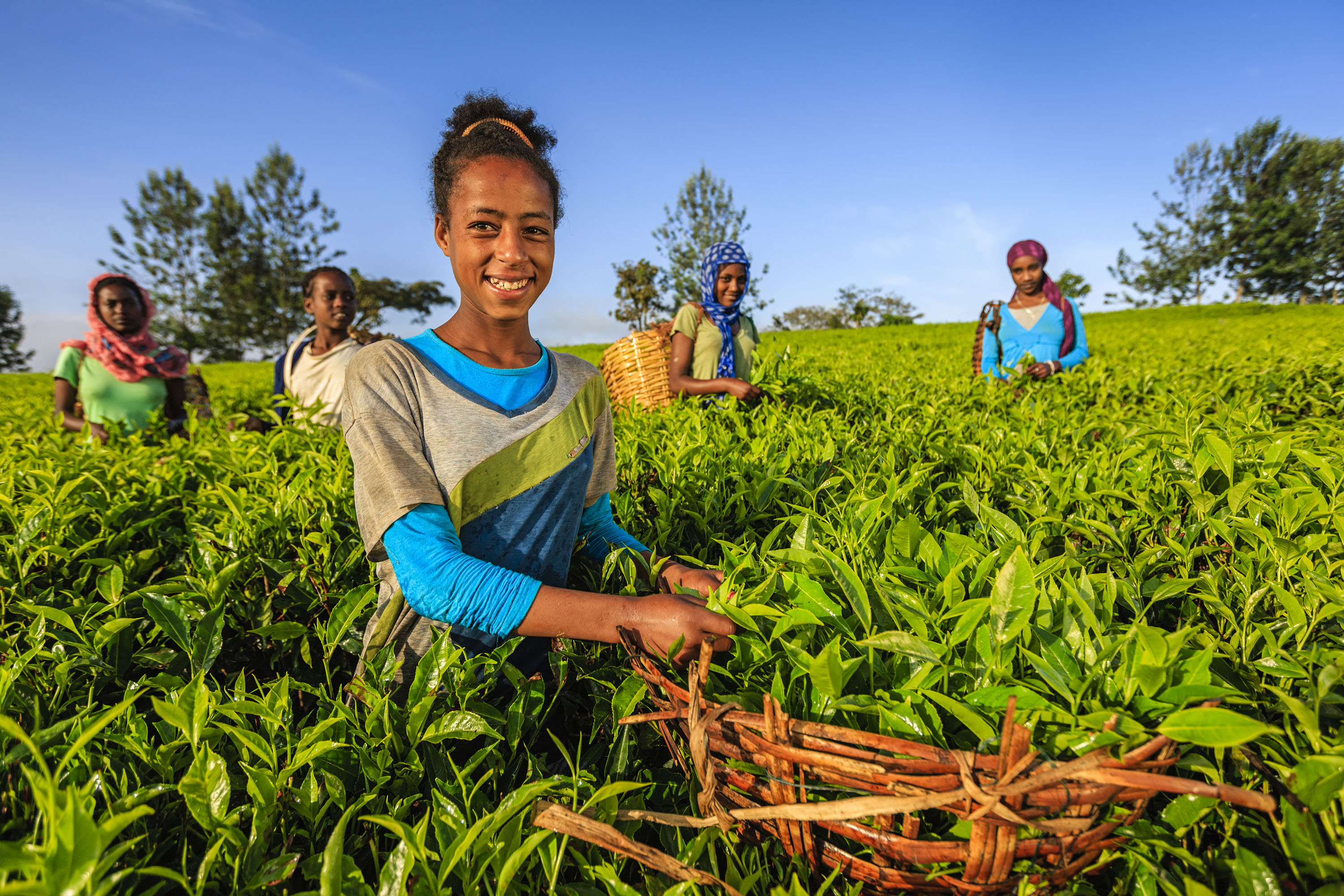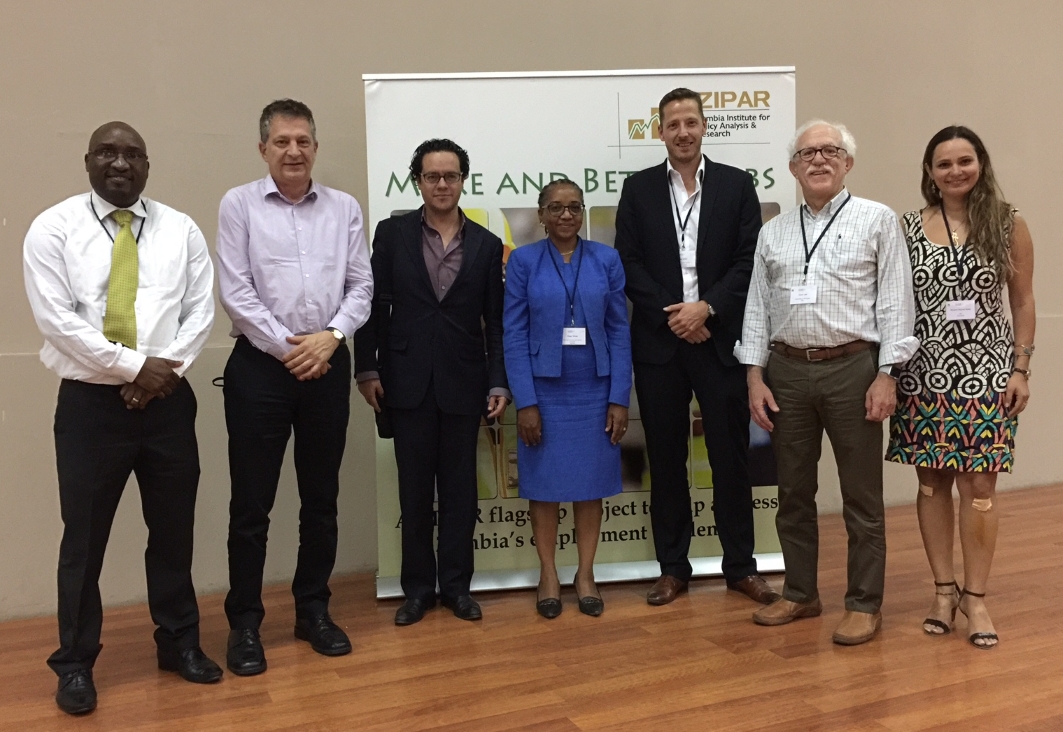Despite increased investment and international competition in agriculture, small-scale farming continues to be the most common economic activity in many developing countries. In Zambia, 60% of the population lives in rural areas, where 78% of the population were employed in agriculture in 2012 (Zambia Labor Force Survey, 2012). Rainfall patterns in Zambia allow for only…
Relaxing Seasonal Constraints to Improve Labor Productivity
Labor Markets in Southern Africa: Evidence and Policy Lessons
Labor Markets in Southern Africa: Evidence and Policy Lessons
Modelling Labour Markets in LICs with Imperfect Data
Despite the centrality of the labour market to the questions of poverty and inequality, African labour markets are not well understood and significant research gaps exist. These gaps have important implications: they weaken the ability of governments to design and implement effective policies and hamper the monitoring of change and the measurement of impact. Within…
Food Constraints and “Ganyu” Labour
Small-scale farming continues to be the principal source of employment and income for a majority of the population in low income countries. Zambia is no exception: in 2008, 80% of employment was in agriculture. Even though Zambia has recently been re- classified as lower middle income country primarily due to its large copper and cobalt…
By continuing to use the site, you agree to the use of cookies. More information
The cookie settings on this website are set to "allow cookies" to give you the best browsing experience possible. If you continue to use this website without changing your cookie settings or you click "Accept" below then you are consenting to this.



